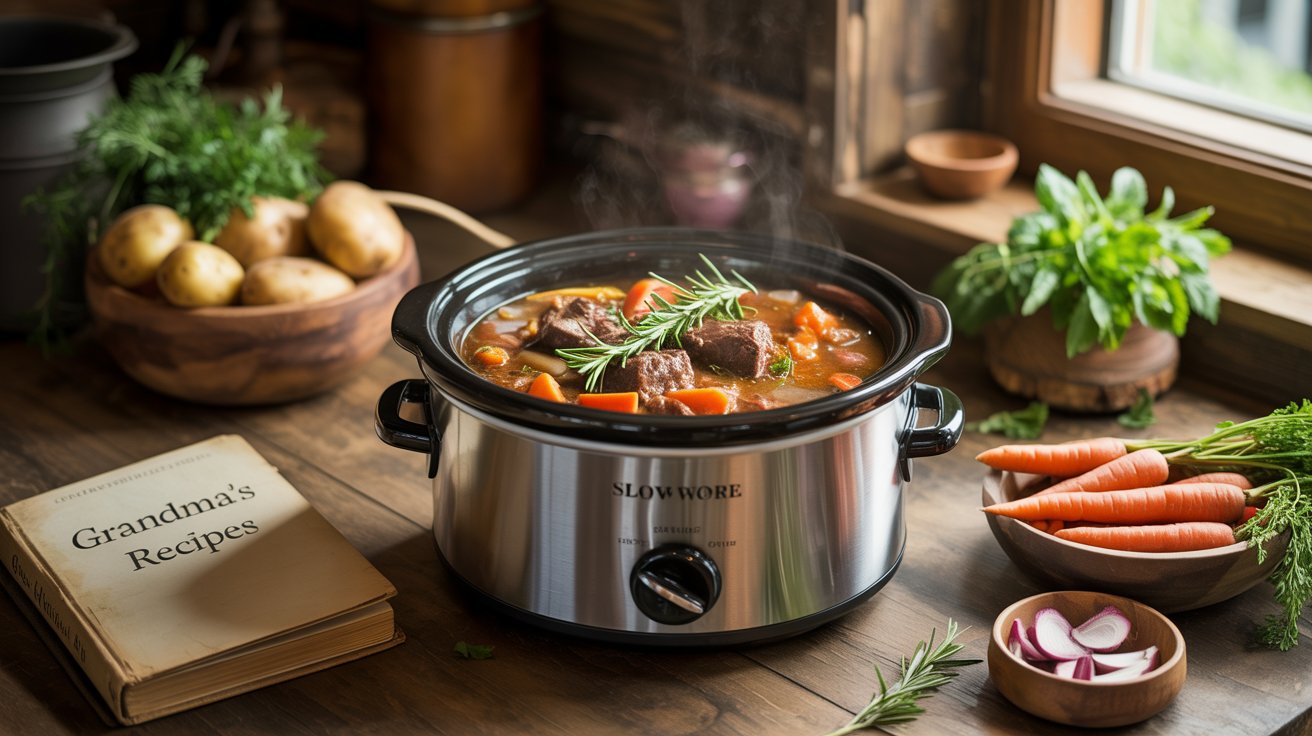Homemade pasta elevates meals with its tender texture and rich flavor, transforming simple ingredients into culinary art. Paired with sauces like marinara or carbonara, fresh noodles offer a rewarding, hands-on cooking experience that’s surprisingly accessible for home cooks.
Making Fresh}}_{\
System: Fresh Pasta Dough
To make fresh pasta, you’ll need a simple dough made from flour and eggs. This recipe yields about 1 pound of pasta, enough for 4 servings.
Ingredients:
- 2 cups “00” flour or all-purpose flour
- 2 large eggs
- Pinch of salt
- 1 tbsp olive oil (optional)
- Water, as needed
Instructions:
- Mix Dough: On a clean surface, mound the flour and make a well. Crack eggs into the well, add salt and olive oil. Whisk eggs with a fork, gradually incorporating flour until a dough forms.
- Knead: Knead for 8-10 minutes until smooth and elastic. Wrap tightly in plastic wrap and rest at room temperature for 30 minutes.
- Roll Out: Divide dough into 4 pieces. Roll one piece at a time through a pasta machine, starting at the widest setting and gradually thinning to desired thickness (usually setting 5 or 6). Dust lightly with flour to prevent sticking.
- Shape: Cut into desired shapes (e.g., tagliatelle, fettuccine) using a pasta machine attachment or knife. Toss with flour to prevent sticking.
- Cook: Boil in salted water for 2-5 minutes until al dente. Drain and toss with sauce.
Tips:
- Use a rolling pin if no pasta machine is available, but aim for even thickness (~1 mm).
- Fresh pasta cooks faster than dried; check frequently to avoid overcooking.
- Freeze unused dough in an airtight container for up to 1 month.
Pairing Sauces
A classic marinara sauce complements fresh pasta: sauté 1 onion and 2 garlic cloves in 2 tbsp olive oil, add 1 can (28 oz) crushed tomatoes, 1 tsp sugar, 1 tsp basil, and salt; simmer 20 minutes. For carbonara, whisk 2 eggs with ½ cup grated pecorino, 1 tsp black pepper; toss with hot pasta and 4 oz diced pancetta (cooked). Fresh pasta’s texture absorbs sauces better, enhancing flavor. Use 1 cup sauce per ¼ lb pasta.
Tools and Techniques
A pasta machine ($40-100) ensures uniform thickness, though a rolling pin works. A stand mixer with a dough hook simplifies kneading. Dust surfaces with flour to prevent sticking. For shaping, try hand-cutting for rustic tagliatelle or use attachments for shapes like spaghetti. Cook in a large pot (6 quarts water per pound) with 1 tbsp salt. Test doneness after 2 minutes. Online tutorials, like those from Serious Eats, offer visual guides.
Troubleshooting and Tips
Sticky dough? Add flour sparingly. Tough pasta? Knead longer or rest dough to relax gluten. Uneven shapes? Practice rolling consistently. Store fresh pasta in a floured, airtight container for 1-2 days or freeze. Pair with seasonal ingredients—summer tomatoes for marinara, fall mushrooms for creamy sauces. Italian traditions emphasize simplicity; let fresh pasta shine with minimal, high-quality ingredients.
Why Homemade Pasta?
Fresh pasta has a tender, eggy richness dried versions can’t match. It’s customizable—add spinach puree for green noodles or squid ink for black. Making pasta is meditative, connecting you to Italian nonnas’ traditions. It’s affordable—$2 for ingredients versus $10 for store-bought fresh pasta. Restaurants like Trattoria Marcella inspire home cooks, proving simple ingredients yield exceptional results.
Conclusion: Homemade pasta is a rewarding craft, turning flour and eggs into tender noodles that elevate any meal. Pair with a classic sauce and start rolling your way to perfect pasta today.
